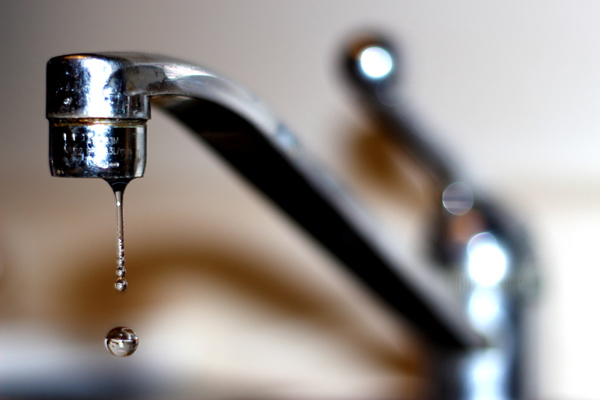- South Texas Students Meet Accordion Music Icons Los Tigres Del Norte In Edinburg Thanks To Khs America/Hohner Alianza Académica Initiative
- Fragile Planet Offers a Nighttime Wildlife Experience
- Falcons Soccer Off & Running
- Cameron County Receives Funds to Improve Two Parks
- Falcons Complete First Half of 32-6A
- School District to Help out Victims of California Wildfires
- Sand Castle Days Continued Despite Unexpected Weather
- Ready for District
- Discussion of Garbage Dumpster Rates, Agreements Between State & City on Highway Regulations, and More
- 31st Annual Shrimp Cook-Off is Right Around the Corner
Report: Texas Tops Nation for Safe Drinking Water Violations
- Updated: May 12, 2017

A report from the Natural Resources Defense Council says Texas has the most Safe Drinking Water Act violations of any state in the U.S. Photo: caristo/GettyImages
by Mark Richardson
AUSTIN, Texas — Water systems in Texas have the nation’s worst record for violations of the Safe Drinking Water Act, a new report says.
Researchers for the Natural Resources Defense Council looked at Environmental Protection Agency data from 2015 and found almost 14,000 violations in more than 5,000 water systems that together, serve 7 million Texans. The report also found that no penalties were assessed for 8-in-10 of those violations.
Robin Schneider, executive director at the Texas Campaign for the Environment, said she believes a weak state environmental agency is the main reason Texas topped the list.
“We’re the state that has the second-largest number of people and, compared to California, we have so much less of a priority when it comes to environmental protection,” Schneider said. “Unfortunately, it’s the health of Texans that is at stake.”
The report said the U.S. needs to invest $380 billion to bring water systems across the country into compliance. However, President Trump’s recent budget proposal called for a 30 percent cut to the EPA’s budget to reduce regulations. The report said that would mean less staff to enforce the law and less money for water system improvements.
Erik Olson, report coauthor and director of the NRDC’s Health Program, said the solution is for federal and state officials to enforce current clean water regulations, and to fund improvements for aging water systems.
“We’re living off our great grandparents’ investments. A lot of these water systems are 100 years old or older and really need to be updated,” Olson said. “So, we need to make those investments, we need to strengthen the rules and we need to fix our enforcement system.”
He pointed out that failures in the reporting system can often hide major health problems, as they did in Flint, Mich. Nationally, the report said 77 million people get their water from systems that have experienced safety violations.
